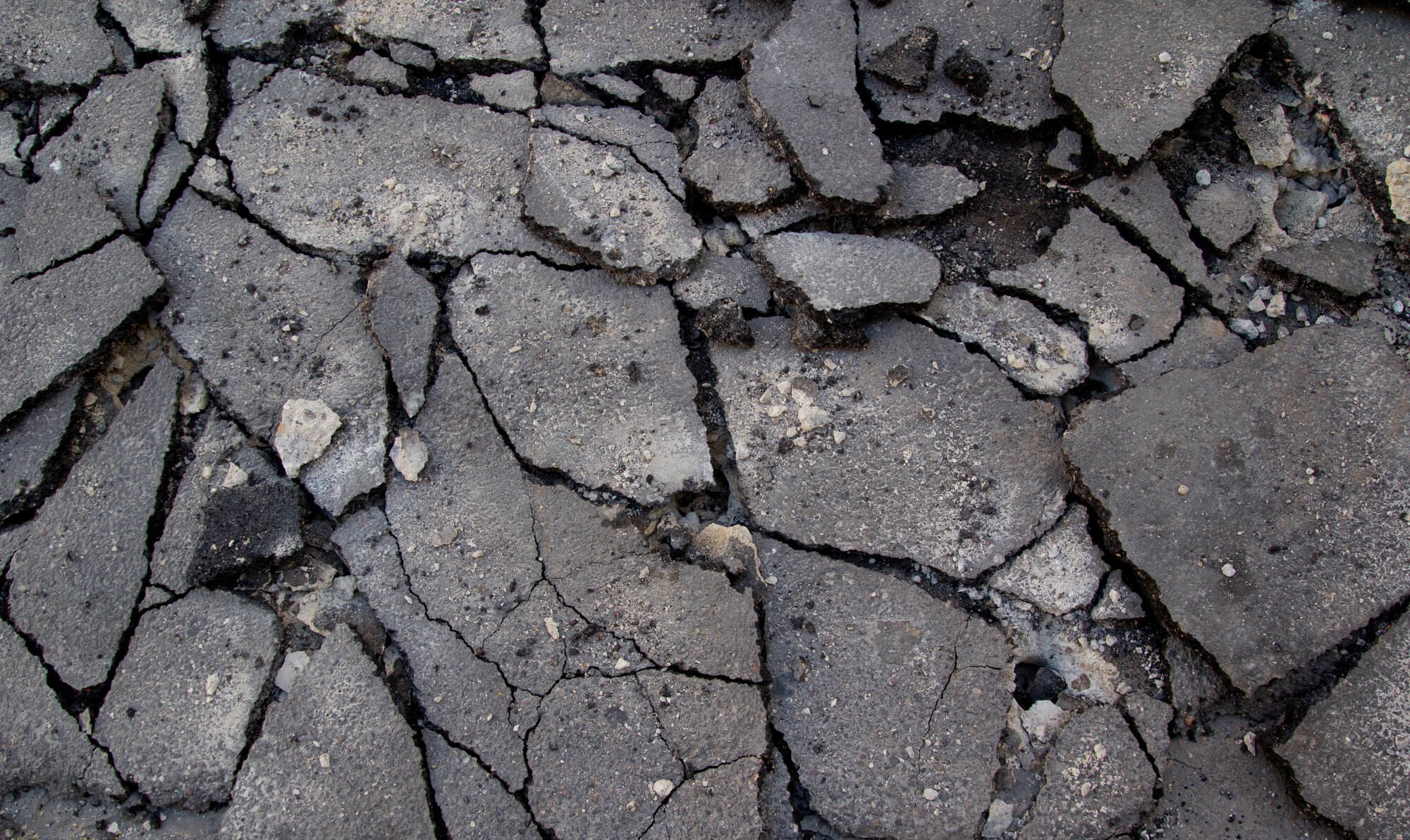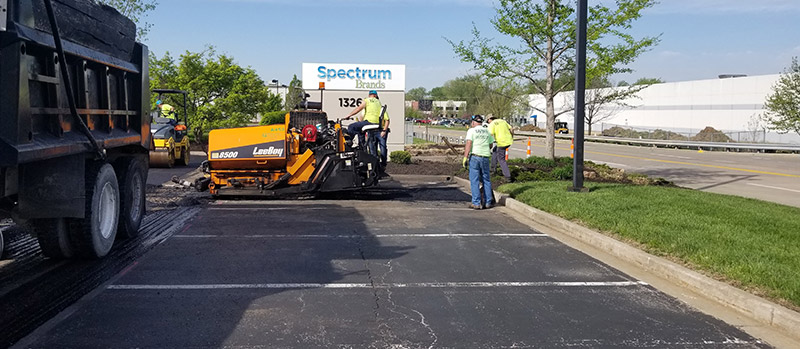The Main Principles Of A1 Professional Asphalt & Sealing Llc
The Main Principles Of A1 Professional Asphalt & Sealing Llc
Blog Article
The 9-Second Trick For A1 Professional Asphalt & Sealing Llc
Table of ContentsThe smart Trick of A1 Professional Asphalt & Sealing Llc That Nobody is Talking AboutThe 8-Minute Rule for A1 Professional Asphalt & Sealing LlcAn Unbiased View of A1 Professional Asphalt & Sealing LlcA1 Professional Asphalt & Sealing Llc Things To Know Before You Get ThisA Biased View of A1 Professional Asphalt & Sealing Llc

The oil in a cars and truck engine is not simply oil. It contains a variety of additives to boost the automobile's efficiency. These include polymers, thickness modifiers, warm stabilizers, extra lubes, and use ingredients. The REOB contains all the ingredients that remained in the waste oil as well as the wear steels from the engine (primarily iron and copper).
By making numerous blends utilizing different REOB examples and various asphalt binders, the variants greatly can be averaged out. Several States offered samples of well-known REOB make-up to TFHRC scientists, that analyzed the samples to compare the percentage of added (known) REOB to the located (evaluated) quantity. The analyses showed an equivalent percent of added and found REOB.
What Does A1 Professional Asphalt & Sealing Llc Mean?
They got a frustrating action. The TFHRC researchers analyzed 1,532 examples from 40 States, one Canadian province, and two Government Lands Highway divisions. They analyzed each example twiceamounting to more than 3,000 analyses. None of those States understood that the asphalt they were getting consisted of REOB. One State insisted its examples had no REOB.
Of the 1,532 examples examined, 12 percent consisted of REOB, and some included significantly high degrees of it at 1020 percent. The highest degree was 34 percent in an example from Texas, which TxDOT had actually utilized in a patching compound. This screening likewise revealed the presence of phosphoric acid in 11 percent of the samples, and 2 percent had ground tire rubber.
2 years back at TRB's yearly meeting, the Federal researchers held an REOB workshop and presented the searchings for of their laboratory examinations to a standing room-only crowd. Some companies do not specifically prohibit REOB, they do impose physical tests that avert its useeffectively a ban. Others do not prohibit it by spec, however have contracts with asphalt providers to prevent the use of REOB
The Only Guide for A1 Professional Asphalt & Sealing Llc
A handful do allow REOB, some within specific limitations. For instance, Ohio and Texas restriction levels to much less than 5 percent of the asphalt. To establish a dependable examination technique that all States can utilize, the TFHRC researchers established a round-robin test plan. The individuals are 11 State freeway companies (Illinois, Massachusetts, Minnesota, Mississippi, Montana, North Carolina, Oklahoma, South Carolina, Texas, Vermont, and Wyoming), 2 independent testing labs, the Ministry of Transport in Ontario, Queen's University in Ontario, and an Ontario paving specialist.
In total amount, the researchers prepared and delivered 720 blends. The participants are checking the samples separately using the standards supplied by the TFHRC scientists. The round-robin screening is virtually finished, and TFHRC is in the procedure of gathering the results. The output will be a suggested AASHTO test technique that any kind of State can embrace and utilize (a1 asphalt).
The pavement with REOB, which is situated 0.6 mile (1 kilometer) from the pavement without REOB, has the same subgrade, website traffic density, and environment. The segment of Highway655 with 5 to 10 percent REOB revealed substantial breaking. In this example, the presence of REOB was the determined source of fracturing at a low temperature levels.
A section of examination sidewalk in Minnesota (MN1-4) located to contain REOB also split prematurely. The pavement done well for the initial 3 to 4 years, but then started to break.
How A1 Professional Asphalt & Sealing Llc can Save You Time, Stress, and Money.
The examinations were not extensive, but they showed that at degrees of 6 percent or even more, the tensile stamina of the asphalt went down substantially. At a level of 3.5 percent REOB, the variation in the physical test approaches was above the result of REOB. Actually, it was challenging for researchers to analyze whether REOB was existing.

One binder parameter considered is the distinction between the reduced temperature essential spec temperature for tightness (S) in the bending beam rheometer and the flexing beam rheometer creep incline (m-value) noted as Tcritical. 2 independent research teams, one from AASHTO and the other from the Asphalt Institute, ended that more study is needed on the usage of REOB in asphalt.
Formerly, all asphalt see post screening determined design buildings such as tightness. These examinations do disappoint what materials had actually been contributed to the asphalt. One example received during the TFHRC study had a really unusual evaluation. The sample had the adhering to test outcomes: Superpave PG 64-28 with a heat quality of 67.3 Tcritical on the bending beam rheometer was 6.7 levels Celsius.

Not known Incorrect Statements About A1 Professional Asphalt & Sealing Llc
These outcomes show there are weaknesses in the standard engineering screening procedures that may be made use of. The producer might have a financial advantage and the product passes all the standardized examinations, yet the product might not be useful to making sure long-lasting efficiency. To resolve this problem and the expansion of brand-new asphalt additives and extenders, TFHRC is starting a study program to utilize handheld spectroscopic gadgets, x-ray fluorescence spectroscopy, and Fourier change infrared spectroscopy to enable evaluations to be performed in the area instead of having to take examples back to the lab.
Report this page